Using data analytics to address SDoH and contain costs
Only through the effective use of data and analytics can health systems begin to address the adverse impacts of social determinants of health on their communities. Industry leaders offer insights on this “just cause.”

Finding a way to meaningfully address the adverse impacts of social determinants of health (SDoH) has long been a significant challenge for the nation’s hospitals and health systems. Now, leading healthcare organizations are finding new approaches to solving this problem through the innovative use of data and analytics, both internally and in collaboration with other organizations in their communities.
These approaches offer a beacon to other health systems that continue to be daunted by the sheer scope of the challenge SDoH poses for their patients who struggle with health inequity.
Carilion’s data-based strategy
Adopting a comprehensive data-driven approach has helped Roanoke, Virginia-based Carilion Clinic surmount its long-standing obstacles to addressing SDoH.
For two years, Carilion participated in the Next Generation Accountable Care Organization program and broke even. But in year three, it earned over $20 million in incentive payments, and in year four, it earned another $18 million. In 2021, the program’s last year, it earned about $16.5 million. Then, in 2022, Carilion began participating in the Medicare Shared Savings Program and earned about $3 million. Its formula for success?
“We found the rising risk and taught patients how to better manage their chronic diseases,” said Donna Littlepage, MBA, senior vice president of accountable care strategies. “We continue to broaden the gap between our spend and the nation and our spend and the region.”
To contain costs and generate shared savings, Carilion leverages several vendor-developed risk stratification tools that incorporate payer claims, internal clinical data and, perhaps most important, external SDoH data. One tool helps identify patients for chronic care management programs. Another helps in predicting readmission risk using real-time clinical data, census data and even retail data.
Care coordinators leverage these insights to enroll patients in transitional care management programs. Carilion employs about 70 remote care coordinators, the majority of whom are RNs — at a cost amounting to between $6 million and $7 million annually.
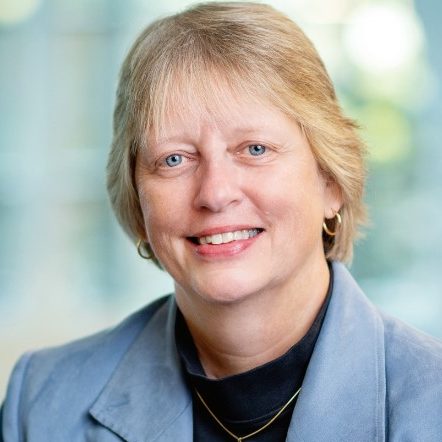
says healthcare organizations should have realistic expectations for their data-driven
initiatives focused on addressing SDoH.
In addition, Carilion’s electronic health record (EHR) includes a tool that uses clinical and SDoH data to predict which patients are at risk of requiring an emergency department (ED) visit within six months. The EHR also has an end-of-life index that predicts whether a patient will die in the next year.
“We’re trying to figure out how to use this index in our workflows and then trigger palliative care consults,” Littlepage said.
Carilion also is installing Unite Us, a closed-loop referral platform that enables providers to refer patients directly to community resources.
“We have numerous shared savings contracts to fund all of this,” Littlepage said. “Between consultants, care coordinators and the central quality staff, we probably spend $14 million a year. We need to earn back more than that to be accretive to the bottom line.”
Good data needed to set realistic expectations
When embarking on such an endeavor, healthcare organizations also need to have realistic expectations for the shared savings timeline, Littlepage said.
“It takes a while to get the workflows going and to have enough people go through chronic care programs to make an impact,” she added. “You need to be ready for this. Otherwise, you might jump ship and not give yourself enough time to get there.”
Brian Urban, director of innovation and emerging markets at FinThrive, agreed.
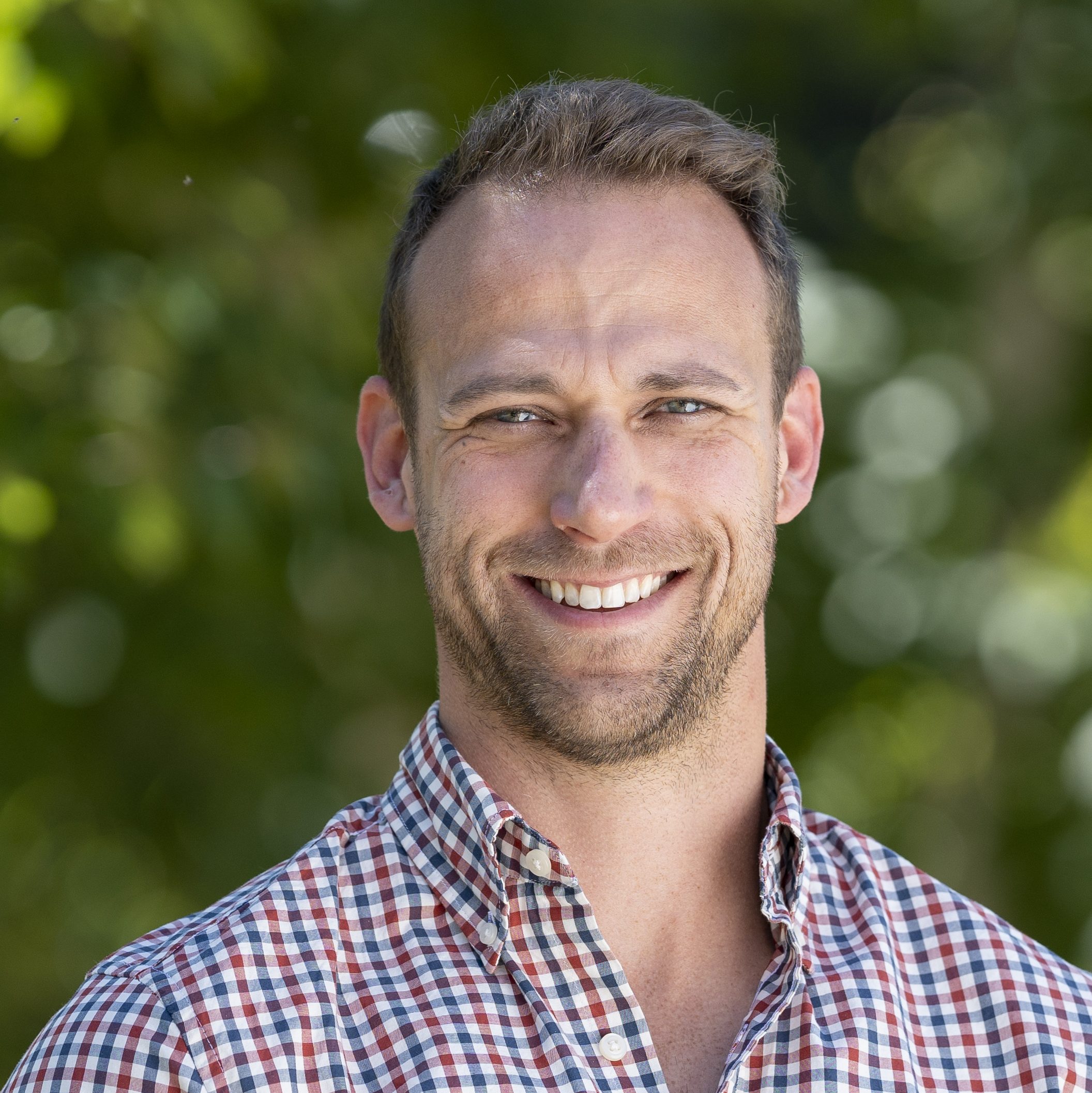
“CFOs need to understand that [investing in SDoH] is not a turnkey solution,” Urban said. “Cost savings won’t happen in six months, and it probably won’t happen in 12 months because we’re talking about human behavior, human conditions and generational poverty. The economics sometimes take several years.”
Another lesson Carilion learned? A healthcare organization’s ability to contain costs is only as good as its data, said Littlepage.
“You’ve got to have the data,” she said. “You can’t just do this flying blind. You need to know which patients require intervention.”
Although Carilion’s screening for SDoH has been limited to when patients receive chronic care management, a new Joint Commission accreditation standard to reduce healthcare disparities has prompted it to expand these efforts. The standard took effect Jan. 1, 2023, and in July, it also became a National Patient Safety Goal.
“The challenge is that healthcare systems and payers have not traditionally used data outside of claims or clinical encounters,” Urban said. “Healthcare data is like a faucet. It goes on and off. But socioeconomic data is like a faucet that’s always on. It’s always happening outside of a doctor’s office. You can collect it and put it into a big central repository, but now you need to put labor on it or use RPA [robotic process automation] or AI to pull out the most important elements.”
Urban stressed that healthcare organizations must strike a balance among three approaches:
- Screening for and collecting SDoH data internally
- Leveraging external data (e.g., data from health information exchanges, other healthcare organizations, the state and community organizations)
- Potentially partnering with third-party vendors that provide near real-time SDoH data
Objectives in using the data include identifying which patients would likely participate in food access programs and which ones may be living alone because of the loss of a spouse, based on death certificates that populate within the first 24 to 36 hours of the passing.Such insights can trigger specific workflows for proactive outreach to address SDoH, improve outcomes and lower costs, Urban said.
Developing an SDoH analytical infrastructure
Data — particularly SDoH data — has become increasingly necessary to risk-stratify patients, prioritize resources and contain costs, said Rachel Everhart, PhD, MS, research director, ambulatory care services, at Denver Health, one of three organizations to receive a three-year grant (with a one-year extension) from the Agency for Healthcare Research and Quality (AHRQ) to address socioeconomic adversities.
As part of the grant, Denver Health is charged with developing EHR-accessible tools that integrate health, correctional and SDoH data to identify and risk-stratify the population of people with substance use disorder, improve transitions from corrections/jail to the community and monitor clinical and cost utilization outcomes.
Another goal? Create tools that make each patient’s risk profile and specific needs available to the care team and care coordinators at the point of care.
“The purpose of these grants is to promote health equity and improve the health of individuals and populations at risk for suboptimal health outcomes through the use of primary care and community interventions that address chronic conditions, including prevention and management of multiple chronic conditions and addressing health-related social needs,” said Arlene Bierman, MD, MS, chief strategy officer at AHRQ.
Aided by grant funds, Denver Health has been able to screen for high-risk patients by pulling SDoH data from in-person screenings in the ambulatory setting into its algorithms so it can provide proactive outreach. The health system also now understands whether and how high-risk patients move through the continuum of care thanks to several newly built SDoH registries in its EHR similar to clinical registries but for substance use disorder, homelessness and corrections transitions.
Everhart describes the registries as “living, breathing data sources” that receive information from the state prison, county jail and other entities in near real-time, affording care managers the opportunity to engage patients quickly.
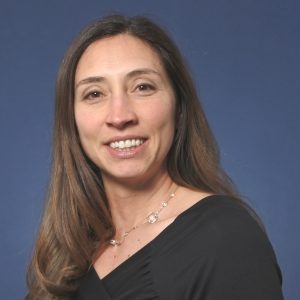
“We’re trying to move the care upstream,” Everhart said.
For example, Denver Health knows when prisoners are being released thanks to secure, automated processes that pull information from the prison into its EHR, where corrections transition clinics can generate daily reports to perform proactive outreach.
“If we’re able to have a more proactive identification, we can potentially funnel [patients] into more specific focused care instead of having them show up [at] the emergency department when their prescriptions run out,” said Everhart. “We’re trying to figure out how we can enumerate this population and who they are so we can direct them to care that can meet their needs in a timely fashion.”
Now that Denver Health has the analytical infrastructure in place, it hopes to expand its efforts to include patients with substance use disorders and to get a better sense of cost savings related to addressing SDoH, Everhart said.
Denver Health also wants to incorporate patients into its work, which requires understanding how they perceive the approach, Everhart said. Questions Denver Health must address include:
- Does it work for patients?
- What do they regard as being meaningful gates in the care continuum?
- What is most important to them?
Making SDoH data collection a strategic priority
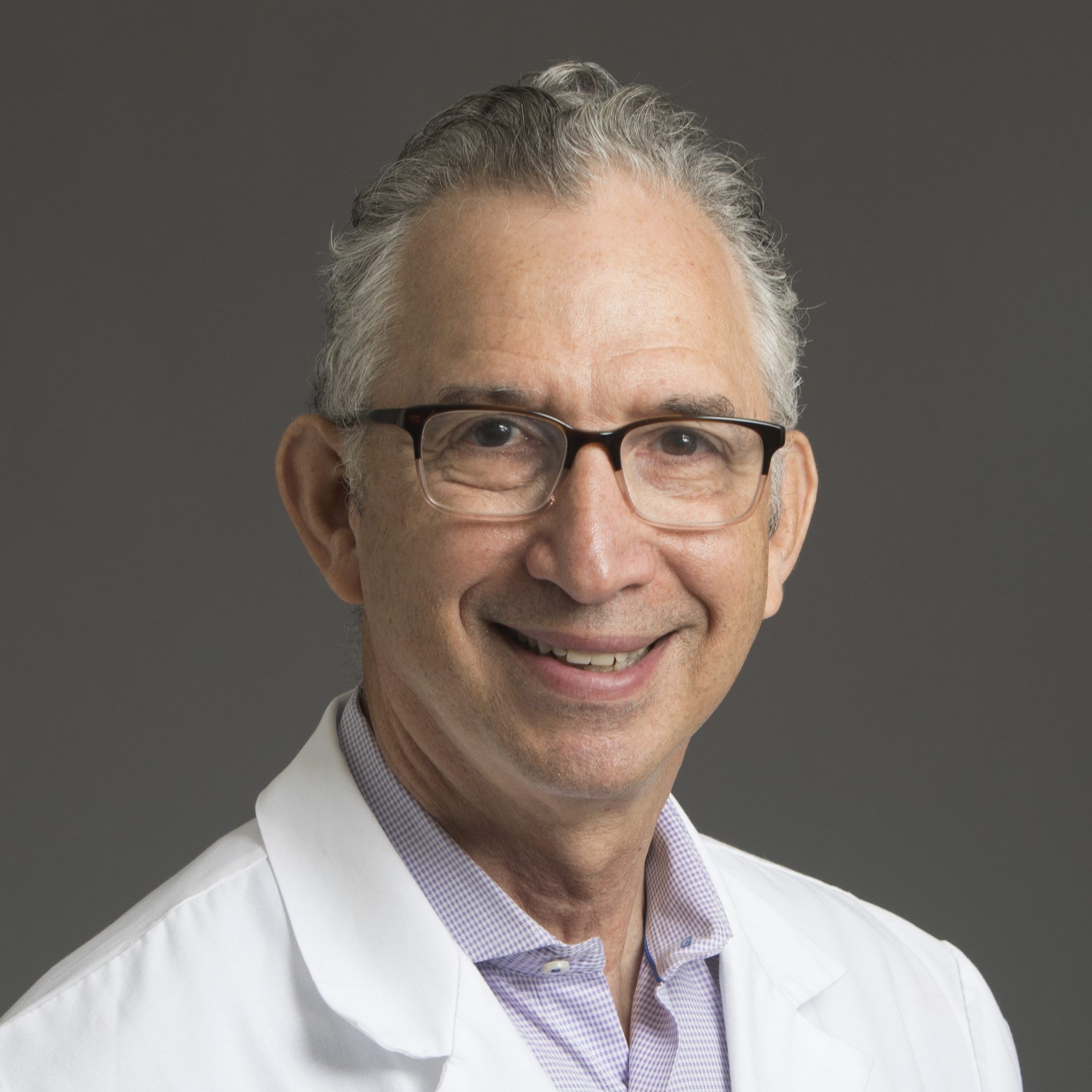
Chicago-based RUSH University Medical Center also recognizes the importance of SDoH data and sees collecting it as a strategic priority, said David A. Ansell, MD, MPH, leader of health equity.
“At least 50% of our inpatients get screened for SDoH,” Ansell said. “The goal is to screen 100% of patients. About 30% of our patients have an unmet health-related social need, and it tends to be lack of access to food or transportation, an inability to pay utilities or housing insecurity.”
SDoH screenings occur in person and in multiple languages. With the help of a grant from the Robert Wood Johnson Foundation, the health system also has developed an interoperable health equity analytics platform that enables it to send SDoH screenings to community organizations and then receive that information back into the EHR.
The health system is currently developing use cases for leveraging the platform, but Ansell said he imagines a model in which proactive outreach is critical.
“If we’re going to get to real population health, it’s going to be models that are much more integrated or federated,” he said. “That has us reaching out.”
For example, RUSH already uses Medicaid utilization data and other SDoH data to risk-stratify patients to determine who can benefit most from remote patient monitoring. The health system then uses AI to prioritize workflows and best leverage limited community health worker resources.
“The AI allows enormous amounts of data to be processed in useful ways,” Ansell said. “We think that’s the right way that care should be delivered — not wait until someone is sick and coming in but instead [be proactive] based on clinical, social and healthcare cost vulnerability. We have to think about a paradigm shift to the future and really address things like structural racism and other things that keep people from coming in, and in some cases, even provide care in people’s homes. I think that there is a lot of opportunity here.”
Looking ahead
The time to use SDoH data to contain costs is now, Urban said.
“It’s the CFO’s responsibility to be a creative risk-taker and be involved in the journey,” Urban said. “Commit 12, 18 or 24 months to seeing how an intervention plays out in terms of reducing healthcare spend. That is a leader. Those individuals who do this will directly impact the lives of individuals who are stuck in generational poverty. That’s scary for a lot of CFOs.”
Urban also warned about the dangers of waiting.
“The risks are just too great,” he said. “If you keep waiting because you want a firm ROI, you’re going to look back several years from now and say, ‘Oh my, I’ve wasted time and now I need to catch up because of policy or due to patient experience expectations or because I’m hemorrhaging dollars because I’m not addressing social needs.’”
How one geographically connected group of providers has built a coalition to tackle SDoH
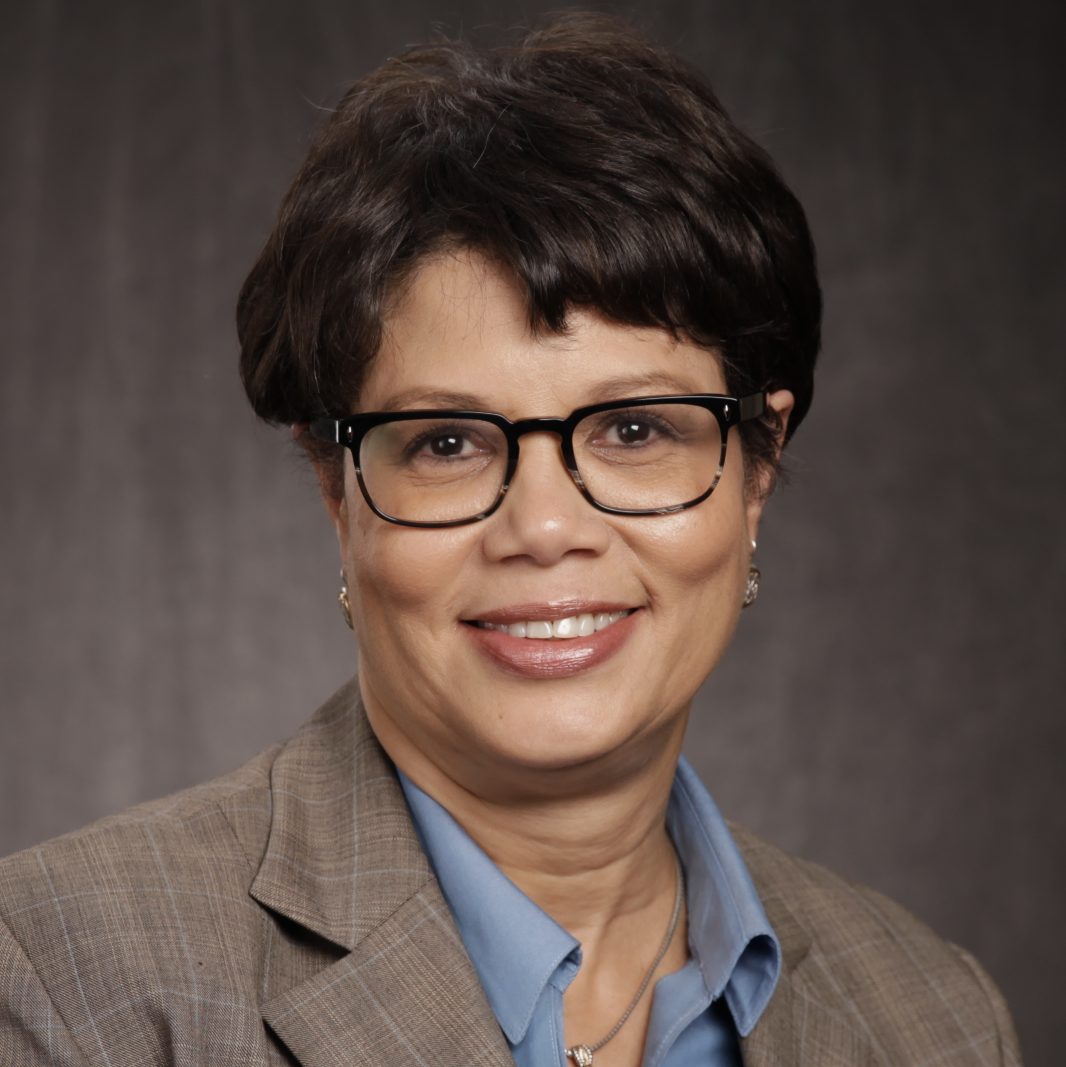
For UChicago Medicine, situated on the South Side of Chicago, getting a handle on cost savings associated with addressing patients’ socioeconomic needs is an essential goal. And to play a meaningful role in achieving that goal, the health system has joined with 12 other healthcare organizations to participate in the South Side Healthy Community Organization (SSHCO), a coalition that secured state funding in July 2021 to implement innovative, technology-driven and patient-centered approaches to care with the goal of decreasing fragmentation, improving access and reducing healthcare disparities. The proposal to secure the Medicaid funds cost the healthcare organization $2 million, but that cost was split with two other participating hospitals.
A large part of the effort to reduce healthcare disparities relies on the SSHCO’s ability to bring more primary care providers, community health workers and specialty care providers to the community of about 900,000 people it serves, where lack of access is contributing to rising healthcare costs.
“We have among the highest disparities in chronic diseases than any other place in the country,” said Brenda Battle, MBA, BSN, senior vice president of community health transformation at the University of Chicago Medicine and board member of the SSHCO. “If we were going to change that reality, we needed a project like this to enable all providers in the ecosystem to come together to integrate care and collective resources.”
A need for connectivity
Another large part of the effort relates to connecting seven different EHRs in the SSHCO to enable data sharing — something Battle said is well underway.
“We anticipate being positioned to share data in year three [of the five-year award], and we have data-sharing agreements with all providers to be able to do that,” she added. “We’re building our system of integration now, but we’re not in a place to do it yet.”
What UChicago Medicine has done is reduce its own ED visits by 10% by screening patients for SDoH and helping them navigate to medical homes in the community.
“When patients seek their primary care in EDs, that’s expensive,” said Battle. “By reducing ED visits, we’re able to reduce costs and enable patients to get ongoing continuity of care. We’re trying to get care back out into the community where providers are better positioned to care for patients. When people need more complex care, they come to our hospital. Right now, we have a disproportionate share of where care is being delivered, and we’re trying to right-size it.”
Benefits assessment ongoing
UChicago Medicine is currently conducting a study to determine the dollar impact of these reductions on their hospital and will be doing the same in the future for other participants of the southside organization.
The health system is also measuring readmissions against trauma recidivism and focusing on violence prevention.
“Any time you reduce the potential for a person to be re-injured you’re reducing the need for them to come back to the hospital, and you’re therefore reducing the cost of care,” Battle said.
Z codes for homelessness increase reimbursement in fiscal year 2024
Coding for social determinants of health (SDoH) should be a routine part of healthcare organizations’ billing process, if only because of adverse health impacts often associated with these determinants.
“It is important to collect and code SDoH data because SDoH significantly impact a patient’s health risks and health outcomes and also affect diagnosis and treatment,” said Sue Bowman, MJ, RHIA, CCS, senior director of coding policy and compliance at the American Health Information Management Association.
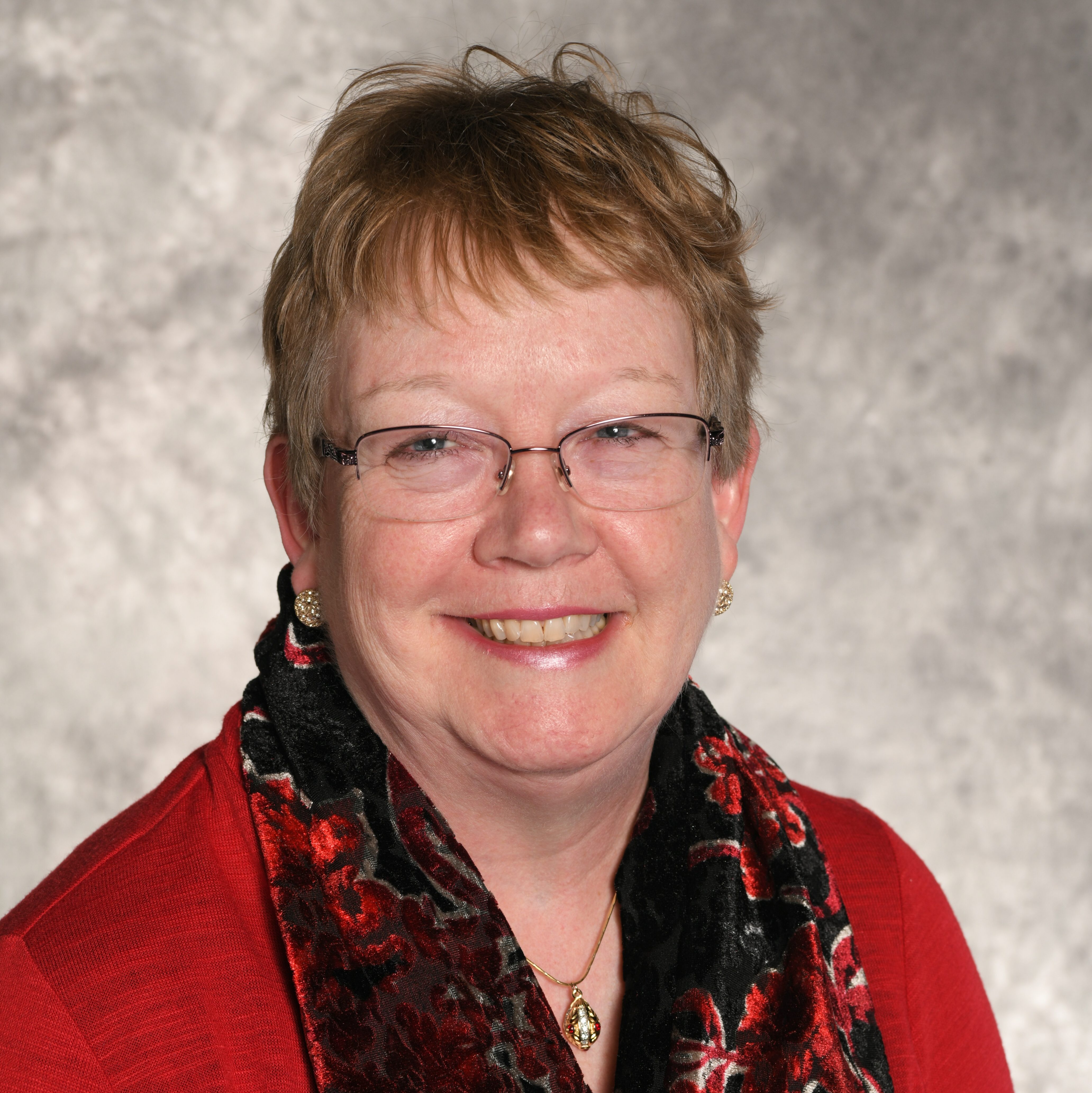
The potential impact of SDoH on payment reinforces the importance of coding SDoH data. Starting Oct. 1, 2023, the following three ICD-10-CM Z codes for SDOH are now deemed complications and comorbidities, meaning they drive higher payment:
- Z59.00 Homelessness, unspecified
- Z59.01 Sheltered homelessness
- Z59.02 Unsheltered homelessness
Consider the case of a homeless patient treated for heart failure:
- Without documented and coded homelessness: MS-DRG 293 (relative weight of 0.5615)
- With documented and coded homelessness: MS-DRG 292 (relative weight of 0.8565)
In a June 2023 infographic, CMS outlines five steps for using Z codes:a
- Collect SDoH data — Any member of a person’s care team can collect SDoH data.
- Document SDoH data — Data are recorded in a person’s paper or electronic health record.
- Map SDoH data to Z codes — Assistance is available from the ICD-10-CM Official Guidelines for Coding and Reporting.
- Use SDoH Z code data — Data analysis can help improve quality, care coordination and experience of care.
- Report SDoH Z code data findings — SDoH data can be added to key reports.
Footnote
a. CMS.gov, “Using Z codes: The social determinants of health (SDoH) data journey to better outcomes,” June 2023.
FinThrive is giving away data: A philanthropic approach to SDoH data
While obtaining third-party data usually comes at a cost to healthcare organizations, one company is giving it away for free for a limited time. FinThrive’s Data Humanity Lab is designed to help researchers, providers and payers accelerate health equity in the U.S. healthcare ecosystem. The goals in donating SDoH data to select organizations are to improve existing intervention programs, develop predictive models and study the impact of socioeconomic factors on health outcomes.
“We’re giving out this data to do good but also to help others adopt use-cases that we can collaboratively publish and share,” said Brian Urban, director of innovation and emerging markets at FinThrive. “It can’t be a purely capitalistic approach to progress value-based care.”
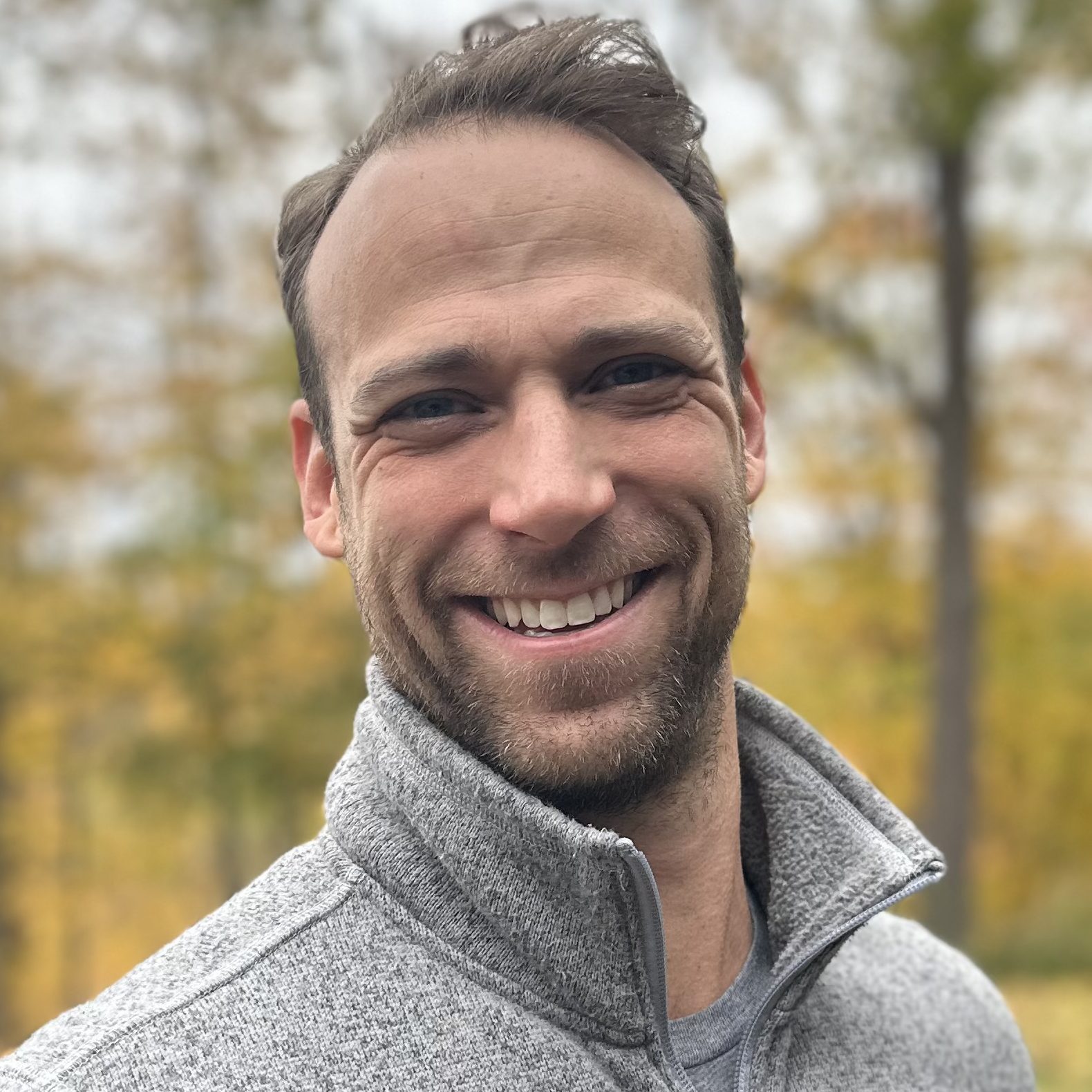
FinThrive launched the initiative in August 2023 but plans to run the program for at least the next several years.
“This Data Humanity Lab is really a learning lab intended to also help showcase the need for partnership with expertise — not just data selling or exchange,” Urban said. “We have in-house data engineers, sophisticated modeling techniques and researchers at FinThrive. This is the foundation of the lab that comes with our donations. We don’t just provide the data.”
To gain a true holistic picture of the people and communities a health system or health plan serves, Urban says organizations need more than clinical data. They need social data as well.
“To understand the socioeconomic barriers that influence health disparities and outcomes is to understand where the healthcare spend is rooted,” Urban said. “FinThrive is encouraging interested organizations to apply to receive an SDoH data donation to advance their health equity initiatives.”
FinThrive hopes to partner with the following types of organizations:
- Healthcare organizations serving a high volume of Medicaid and/or dual-eligible lives
- Healthcare organizations wanting to study an SDoH intervention
- Leading academic institutions, schools of public health and/or population health, and medical centers with an internal research team or affiliated academic research entity
To learn more about the Data Humanity Lab and apply for a data donation, visit finthrive.com/data-humanity-lab.





